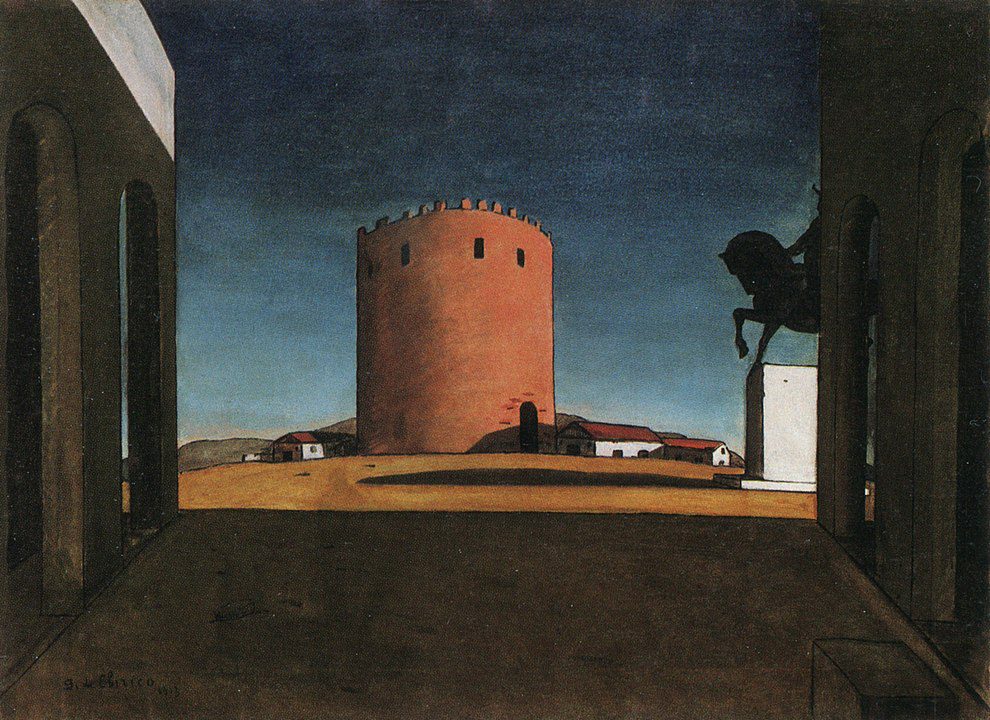
Giorgio de Chirico, born on July 10, 1888, in Volos, Greece, to Italian parents, was a pioneering figure in the early 20th-century avant-garde movement, whose enigmatic and metaphysical approach to painting profoundly influenced the development of Surrealism. De Chirico’s work is characterized by haunting, dream-like cityscapes that evoke a sense of profound mystery and unease, exploring themes of memory, nostalgia, and the uncanny. His unique visual language, marked by stark, shadowed spaces, classical architecture, and dislocated time, broke new ground in painting, leaving a lasting legacy on the art world.
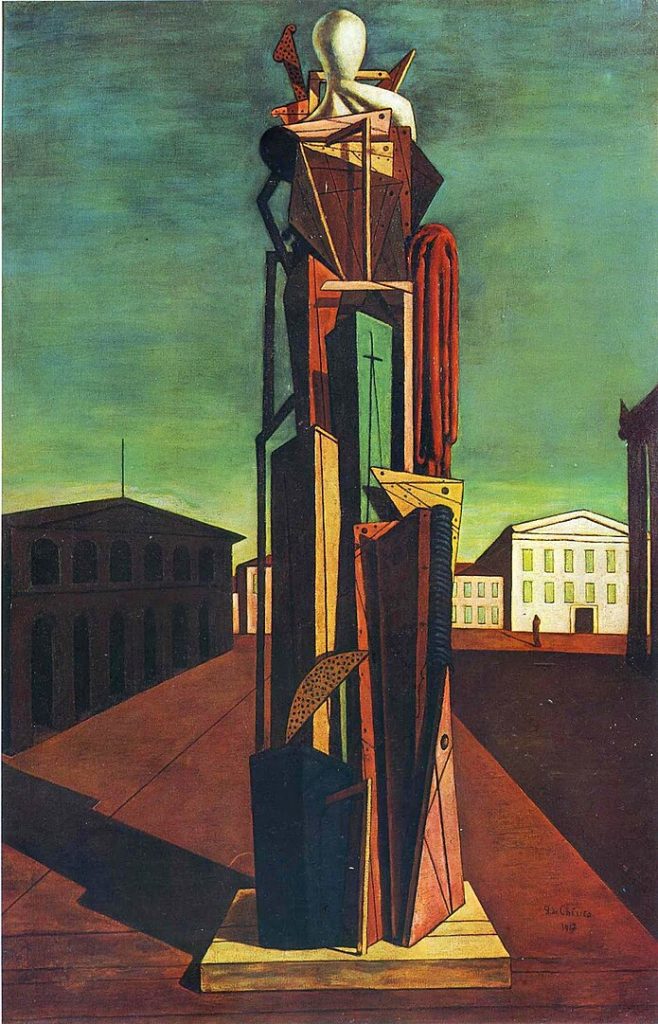
Educated in Athens and Florence, de Chirico was deeply influenced by the philosophical writings of Nietzsche, Schopenhauer, and others, which informed his meditations on the nature of reality, art, and the subconscious. His early works, created during his time in Munich, where he studied at the Academy of Fine Arts, reveal an interest in the symbolic potential of images and the exploration of existential solitude. It was in Munich that de Chirico encountered the works of Arnold Böcklin and Max Klinger, whose symbolist approaches would have a profound effect on his own artistic direction.
Metaphysical Breakthrough
De Chirico’s breakthrough came with his “metaphysical painting” period, which began around 1910. Works from this period, such as “The Enigma of an Autumn Afternoon” and “The Mystery and Melancholy of a Street,” depict eerily empty urban landscapes, classical statues, and long, exaggerated shadows, creating a sense of timelessness and dislocation. These paintings suggest hidden meanings and unresolved mysteries, challenging viewers to question their perceptions of reality.
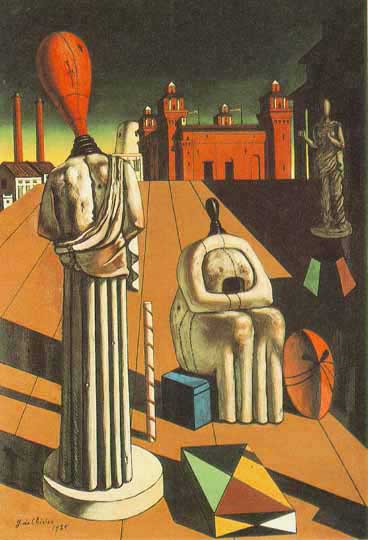
In 1917, de Chirico’s encounter with Carlo Carrà led to the formalization of the Metaphysical Art movement (Pittura Metafisica), which sought to reveal the metaphysical dimension of reality through art. However, de Chirico’s relationship with the movement and its members, including the later Surrealists, was complex and often contentious. Despite their admiration for his work, de Chirico’s shifting focus towards a more traditional, classical style in the 1920s led to a distancing from the Surrealist movement, which was then gaining momentum.
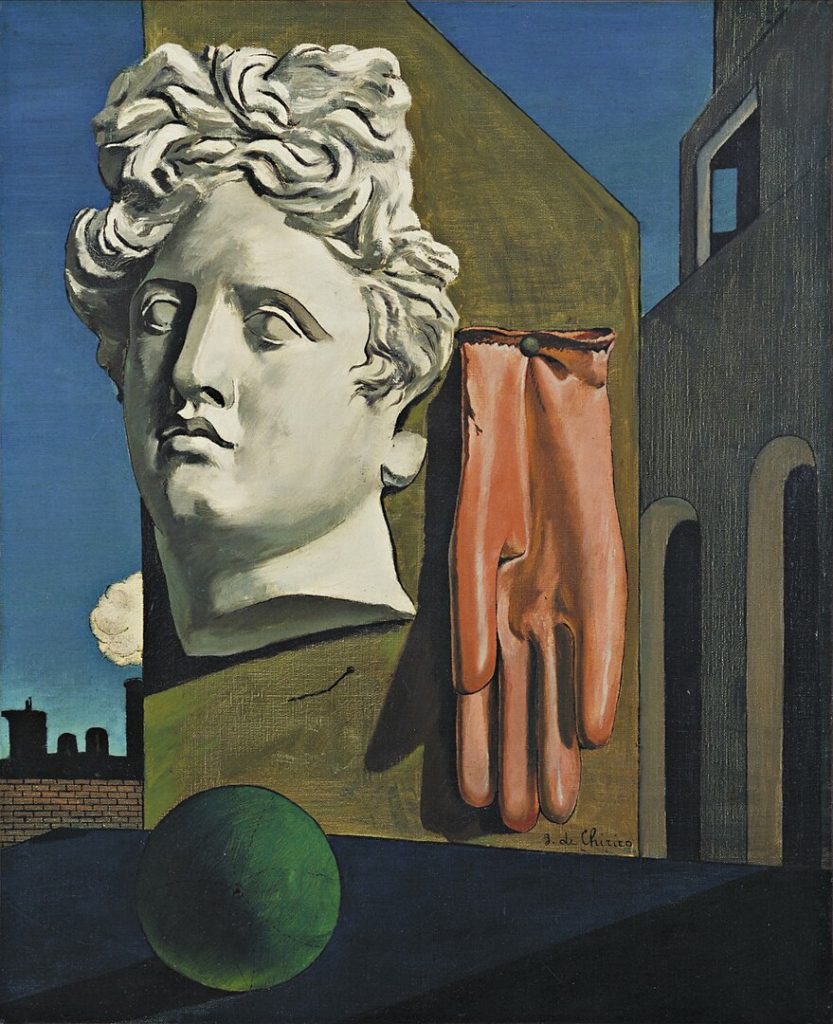
Throughout his career, de Chirico’s work underwent significant transformations, revisiting themes from his metaphysical period while also exploring the possibilities of classical and renaissance forms. His later works, often criticized for their apparent conservatism, nonetheless continued to engage with the themes of memory, history, and the transcendent potential of art.
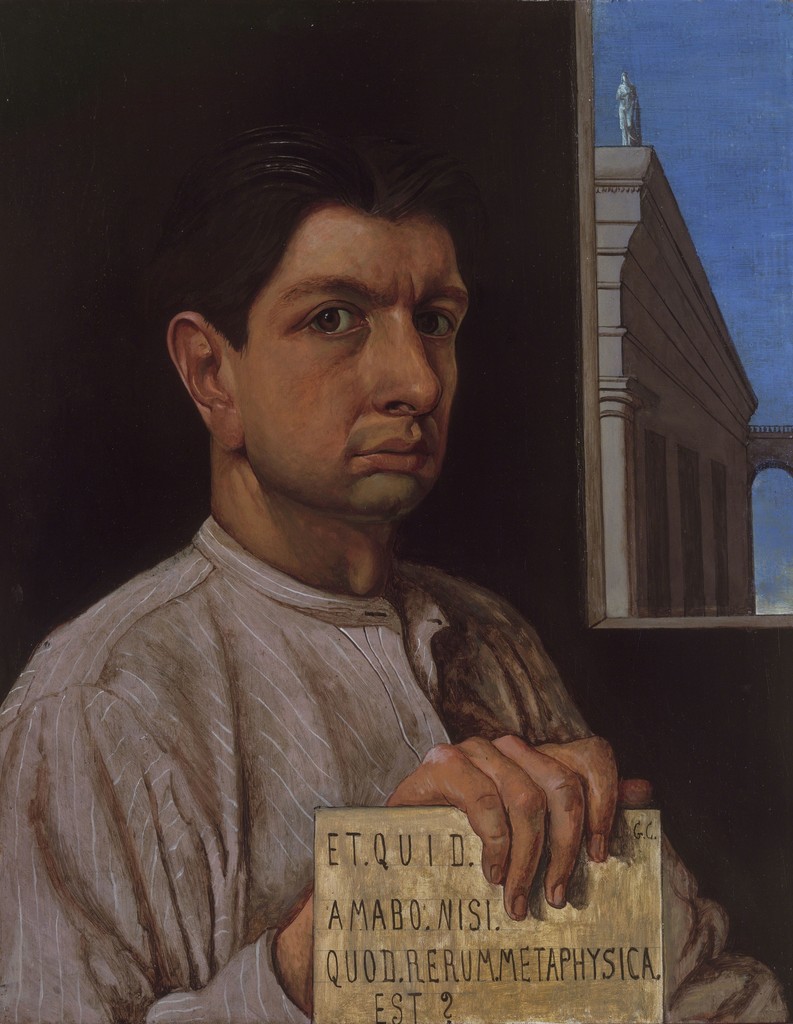
Despite the varied responses to his evolving style, de Chirico’s influence on modern and contemporary art remains undisputed. His exploration of the metaphysical qualities of space and light, as well as his profound impact on the Surrealists, who saw in his early works the embodiment of their own interests in dream and psyche, have cemented his place as a central figure in the history of 20th-century art.
The Intrigue Remains
Giorgio de Chirico passed away on November 20, 1978, in Rome, leaving behind a complex and rich oeuvre that continues to intrigue and inspire. His work invites viewers into a world where the familiar becomes strange, where history and memory intersect with the timeless questions of existence, making him a seminal figure in the exploration of the mysteries of the human condition through art.




